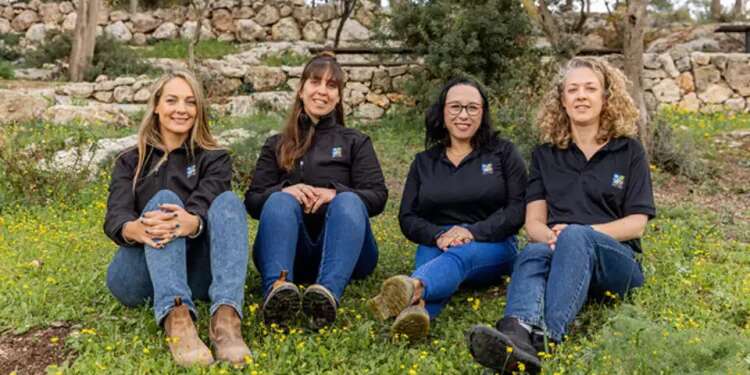When I was a child, Tu biShvat meant one thing (besides eating dried fruit) – the school would be planting trees. My classmates and I would go out to the garden to plant a tree as a sign of the holiday and true Zionism. Most of the time, we were also given seedlings to take home, which never lasted more than a month, but that's a story for another time.
Follow Israel Hayom on Facebook, Twitter, and Instagram
Although schools in Israel continue the tradition of planting trees on Tu biShvat, behind the scenes it is affected by the modern environmental struggles, which prompted the Society for the Protection of Nature and the Jewish National Fund to get involved as the legislative authorities are unable to keep up with the demands and changes of the local and global climate.
The coronavirus pandemic, in particular, has done wonders for Israel's nature and our appreciation of it. En masse we went hiking and discovered how beautiful our country really is, but we also saw how much all that talk about the protection of the environment brought about no change on the ground, and we are still polluting our land like there is no tomorrow, regardless to which sector we belong.
We also learned that the fires that have become prevalent in recent years have completely changed our forests and that cyclists have become a significant factor in landscape architecture decisions.
In honor of Tu biShvat – and to discuss these important environmental matters – Israel Hayom met with the Jewish National Fund's four leading architects who oversee the most major forest areas of the Holy Land.
But before we speak to them, let's answer the following question: What is landscape architecture really? Well, it revolves around planning, designing, managing and nurturing natural environments. In Israel, the field is not very popular, with only several men and women graduating every year from the Israel Institute of Technology's landscape architecture track. It is, however, a sought-after profession abroad, such as in Canada.
So the four professionals are Ofri Hutah, Noa Tal, Nili Shatran-Biber, and Bella Nudelman, all of whom oversee a different region in Israel. We meet in the Ya'ar HaKdoshim forest on the outskirts of West Jerusalem, which is most beautiful this time of the year.
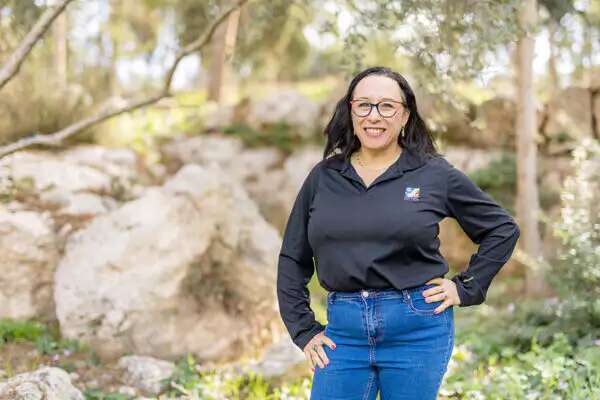
"I've been interested in environmental issues my entire life," Bella, who is in charge of central Israel and who hosted us, began. "That is why I studied landscape architecture because it combines social and educational work and protection of the environment. I have been at JNF for nine years and oversee all matters related to forests: from minor ones, such as erecting a table, to major ones, such as the overall plans for the forests.
"I am in charge of all bike lanes in the areas, as well as the hiking trails and making sure everything is accessible by people with disabilities. The very table we are sitting at, I put a lot of thought into it: so that it would fit the environment and be convenient to fix or replace if broken or stolen. The area that I am responsible for – the center, everything from Hadera to Gadera – is known to be the densest area in Israel in terms of population.
"As such, there are sometimes major crowds, especially in the summer or on the holidays. We have 650 picnic parking lots, which means we have to operate on a high level and cater to the needs of many people.'
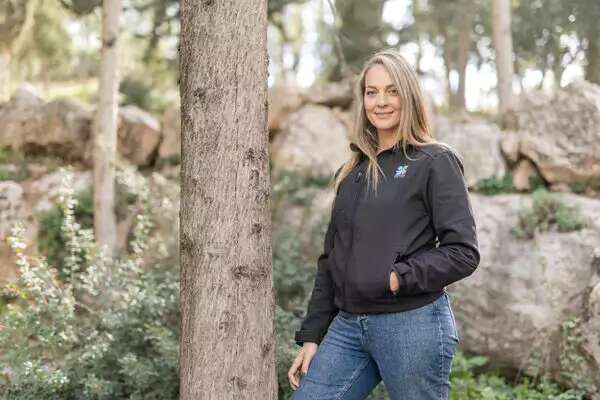
Nili is in charge of perhaps the most challenging region in Israel – the south, which is often targeted by incendiary balloons and violence, factors that impact the surrounding nature as well.
"I studied landscape architecture at the Bezalel Academy of Arts and Design in Jerusalem. I oversee the largest area, which actually reaches as far as Eilat. Not many know, but the Eilat area has forests too."
Q: How did you come to study landscape architecture?
"I was torn between regular and landscape architecture, and at some point, I just realized that I was more interested in working with areas outdoors. It's a kind of combination between ecology and leisure and recreation. This way, I have the ability to make an impact on people's lives, which is not something everyone has. I always thought I would be a regular architect, but the more I was exposed to landscape architecture, the more I was drawn to it.
"Working in the forest is much more challenging than in cities. When you are outside, you realize how limitless the possibilities are. There is a very delicate balance between things in the forest and the open areas, and this is – in my opinion – the most challenging and complex track in the field."
Q: What are some of the challenges?
"In my area? Terrorism and crime, no doubt. Our area stretches from Ashdod to Eilat. We are dealing with two factors that are not easy at all, which is really what all of Israel deals with, but we need to find a solution on the ground. There were whole months when we couldn't approach certain spaces, because they were closed due to incendiary balloons. In addition, we are also dealing with the crime rates in the Bedouin sector, there is a lot of crime in the south that is destroying open areas.
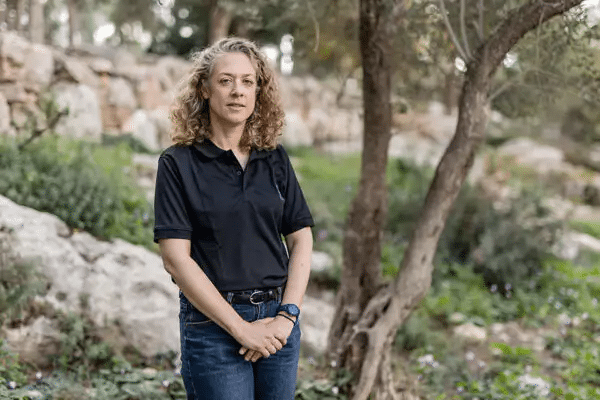
Ofri is in charge of northern Israel and says that as much as Israelis think they think we know the region, it is full of unexplored gems, such as the Biriya Forest, which has been upgraded recently.
"We have a lot of spacious green areas, which are Israel's lungs. But we also have our challenges. On the one hand, Israelis love the north and like to vacation here, but on the other hand, there are more and more settlements, which creates various challenges when it comes to preserving nature. The population density in the north is constantly on the rise. In addition, we have tons of bodies of water, which also presents a challenge for landscape architecture.
Q: Is the region also targeted with incendiary balloons?
"Yes, there's been quite a few fires in our area as a result. Every time this happens, we immediately understand that we are facing a long rehabilitation plan and have to take into account these vacation areas, so there are other 'victims' so to speak as well, not just nature itself."
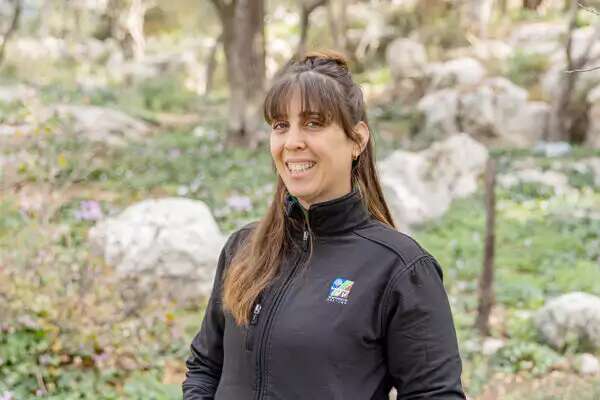
Noa Tal is a project manager at JNF and is the most vocal of the group, insisting that the protection of the environment is not just in the interest of one organization, but that of the entire country.
"I started working at JNS in 2016, and my position, which had not existed before, was created as part of a change in the entire institution. It goes to show you that in Israel, the field of landscape architecture is still lacking, and the management and the departments are constantly changing because we are in need of more people."
Q: So what is the new approach?
"Everyone takes forests for granted, which is dangerous because they are facing enormous threats. We protect these areas with all our might. In fact, you can say that we are the voice of the forest and the people who use it. As of now, the resources that the forests possess are lacking compared to the size of our population.
"As a landscape architect, the biggest challenge is planning in a way that balances the need of the environment and the need that it fulfills, such as leisure and recreation. This requires a lot of sensitivity and understanding."
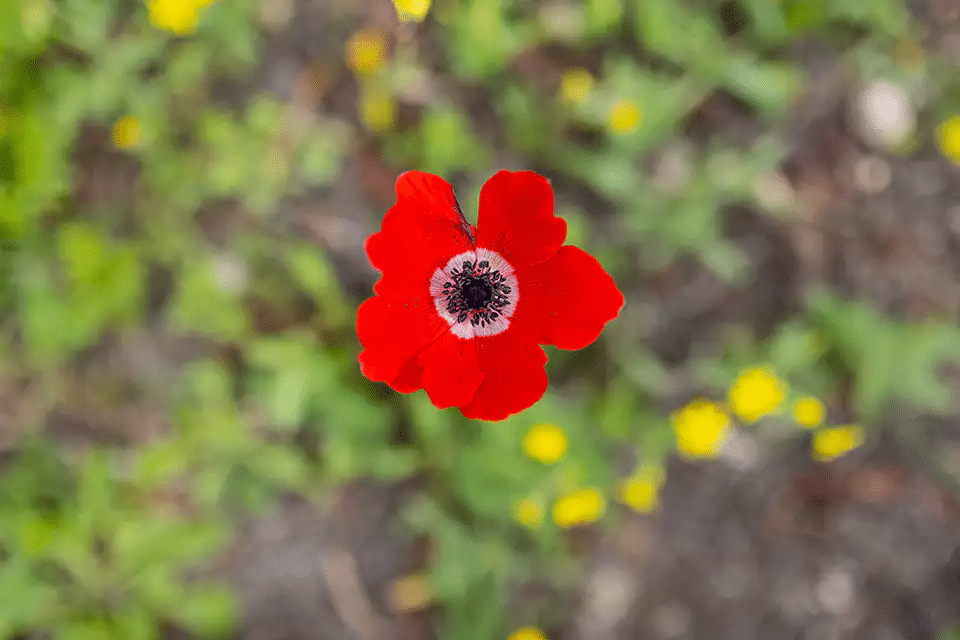
Q: How would you respond to those who criticize the yearly tradition to plant trees on Tu biShvat, saying you decrease open areas?
Noa: "The issue of planting is a political struggle between the Society for the Protection of Nature and the Jewish National Fund and other entities. We are a young country and we learn from processes. There might be validity to the criticism, but saying that we will stop the plantings would be inaccurate. After all, the state is ultimately the one that decides. We are ready to change, but someone has to take responsibility and outline the policy. Right now we are all learning, from the country of course but also the world, and are open to criticism."
Bella: "There were days during the pandemic when we were so occupied it was impossible to move around in my area. It taught us a lot about the importance of the forest because we realized that while during COVID, so many people arrived as a one-time occurrence because the sky was closed off, but by 2040, that is the amount expected to visit regularly. The real question is what can we do to preserve these forests so that they can accommodate such a large number of people."
Q: How would you describe the hiking culture in Israel?
Ofri: "Israelis love to travel in nature, but when it comes to its preservation, they are far behind compared to other countries of the world, which is a shame. For example, we keep going back to the issue of picking wildflowers. Our past campaigns were successful and to this day we see its effects, but today our advocacy and especially our education is lacking. It is not a matter of one institution, but that of several organizations working at the same time."
Subscribe to Israel Hayom's daily newsletter and never miss our top stories!
Noa: "For instance, I constantly remind my children not to pick wildflowers. When I myself was a child, we were taught this. You have to remember that in the nineties only a few people paid attention to everything related to the environment and the climate. And today they understand that every year the world loses an area of forest the size of Iceland. Israel is in such a situation that it cannot afford to lose any area of forest and open spaces."
Q: The coronavirus was actually very good for the forests, wasn't it?
Nili: "COVID was the best thing that happened to Israel's nature, on that we can agree. Israelis started to travel within the country, but that, unfortunately, also brought about some harm. The education system also realized how holding lessons outdoors is important and changes the atmosphere. It has become much more popular in the south, but not only. This is the future of education in Israel."
Bella: "Israelis discovered nature. Families, children, teenagers, there were gatherings in nature, forest baths, picnics, etc. People started visiting much more often than just during holidays or in the summer."
Noa: "This is why our war as landscape architects is for every dunam. Most of the public is not aware of this."
Q: What are forest baths?
Noa: "It's a movement or trend that originated in Japan and is catching on all over the world. It involves going deep into the forest to perform a methodical action. People do light exercises there, spend time in the middle of the forest, and believe in the healing powers of this practice."
Q: What would you say is the future of landscape architecture?
Nili: "First and foremost, we are calling on students in Israel to study landscape architecture as there is a shortage and we would love to see more people in the field. Although the salary is not much, the satisfaction in this job when you see the things you have created in the field, is something that is not found in other jobs."
Noa: "When JNF wass founded, there were only 14,000 dunams of forested areas in the region that eventually became the State of Israel. Since then, the organization has increased this number to 1.55 million dunams, and the total forested areas in Israel amount to two million dunams.
"The strategic planning of this issue cannot be the responsibility of one institution, but must work with the cooperation of several groups together, otherwise we will not be able to bring about the desired change when the goal is to legally protect these spaces. We will continue to wage this battle. But we must go at it together, instead of each one pulling in a different direction."

